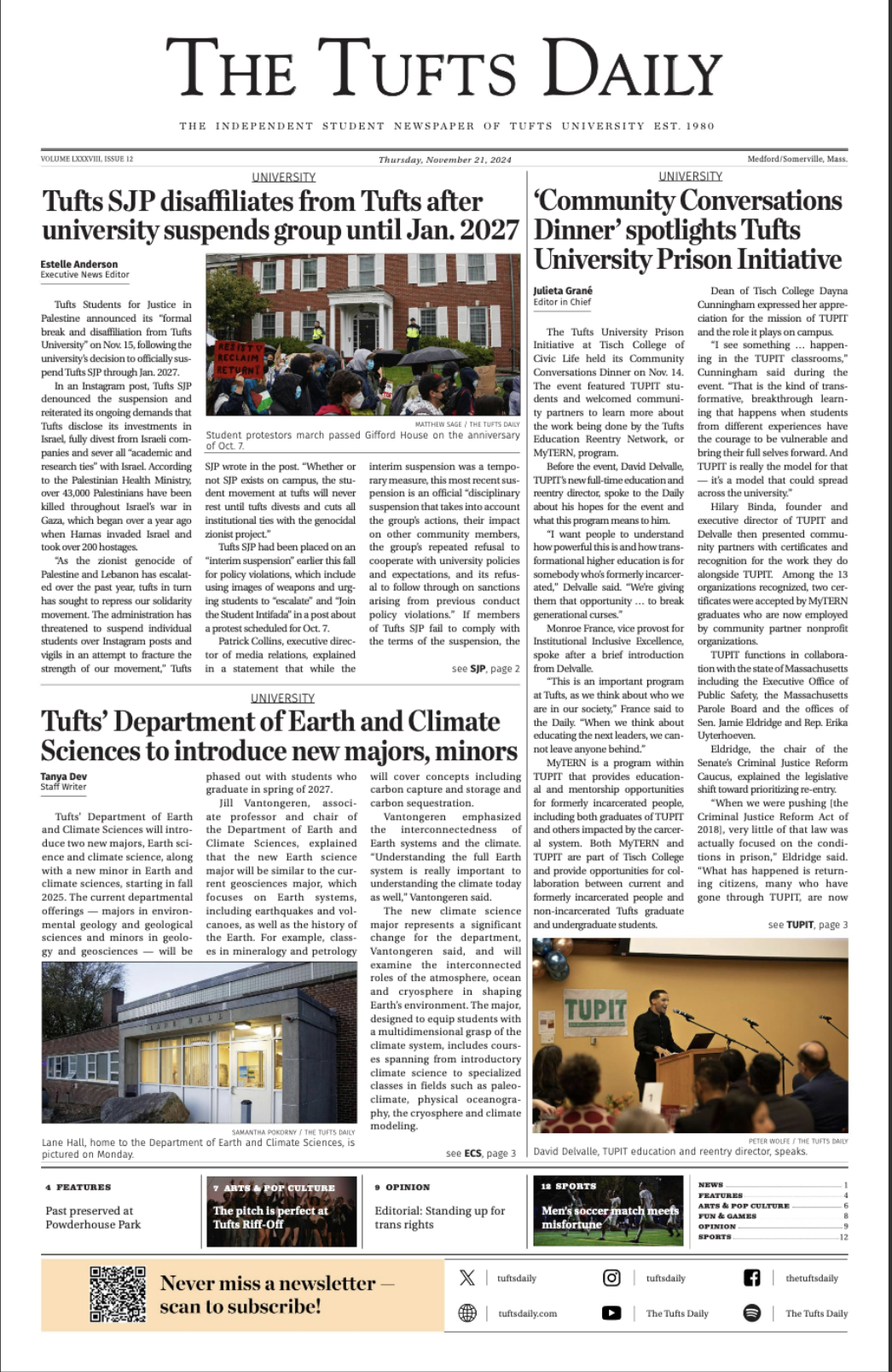A report published by The Institute for Economics and Peace concluded that at the end of 2023, there were 56 ongoing conflicts in the world — most of which are still ongoing in 2024. In addition, the Armed Conflict Location & Event Data Project concluded that over 170,000 lives were tragically lost in 2023, and nearly one in five of these casualties was classified as civilian.
These numbers are appalling, especially in the modern day in which we have such extensive diplomatic apparatuses and (supposedly) burgeoning systems of globalization, such as the United Nations. However, the sheer scale of casualties is neither sufficiently documented nor the only signifier of the terrible struggle that so many have endured. By the end of 2023, over 68 million people had been displaced due to conflict, an almost 43% increase since the beginning of the decade. Further, over 200 million people are currently suffering from acute hunger as a result of conflict, as reported by the World Food Programme. It is also important to note that most of this data only covers until the beginning of the current year. Many crises, like the roughly 1 million displaced Lebanese civilians who have had to flee their homes within the past two weeks of the Israeli invasion, are not counted among the numbers.
However, as someone who is fascinated by the complexities and impacts of warfare as well as how to prevent it, I find that looking at the underreported suffering can sometimes be just as crucial to understanding the modern global context as studying major conflicts we are often well versed in. Also, being a new Jumbo, I feel that Tufts is the perfect place to learn about things you have never even heard about. For this reason, “Forgotten Fronts” will cover conflicts that are lesser known to audiences in the Western world despite many brave journalists and reporters constantly risking their lives to document them.
Conflicts like the ongoing civil war in Myanmar, where a coalition of rebel groups has put the military junta at a disadvantage, or the fight against extremist groups and Tuareg rebels in Mali, are key to understanding the nuances of warfare in modern society and the plight of populations which may otherwise never cross our minds. Understanding many of these conflicts means learning the history of both the violence itself and of the people involved in it. “Forgotten Fronts” will both be a platform for people to learn about the present, but also feature a good amount about the past. Rather than a weekly roundup, this will be an in-depth look at some of the historical and modern-day intricacies of these conflicts, and my analysis of how they have played a role in the present-day chaos.
I hope that you will join me on this journey, one which is bound to be both educational and intriguing. Welcome to the Forgotten Fronts, soldier. We’ve got a lot to get to, and you’ve got a lot to learn.






